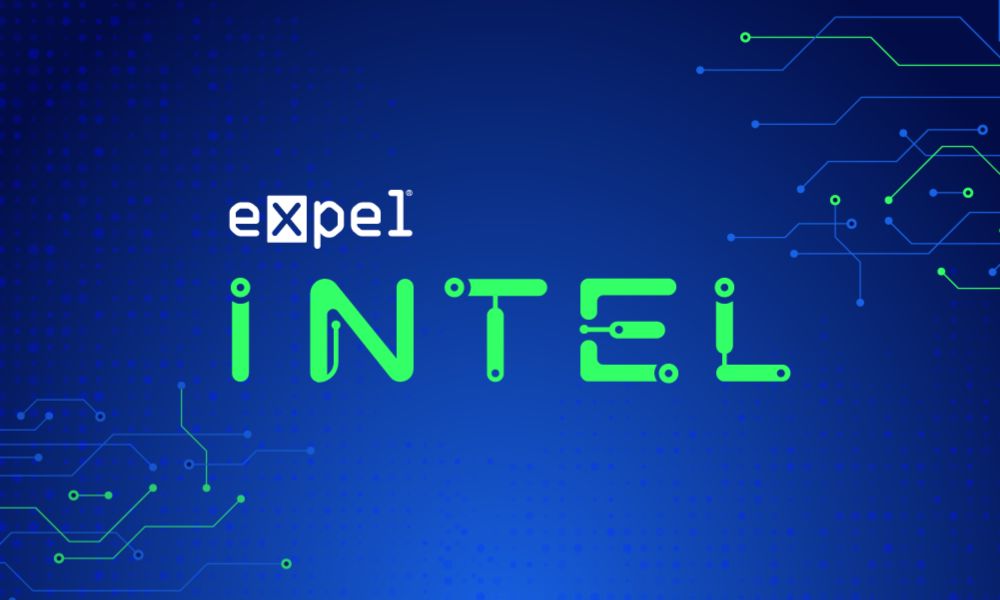
Expel
@expelsecurity.bsky.social
57 followers
4 following
140 posts
The leading MDR provider trusted by some of the world’s most renowned brands to expel adversaries, minimize risk, and build security resilience.
🔗 expel.com
Posts
Media
Videos
Starter Packs














